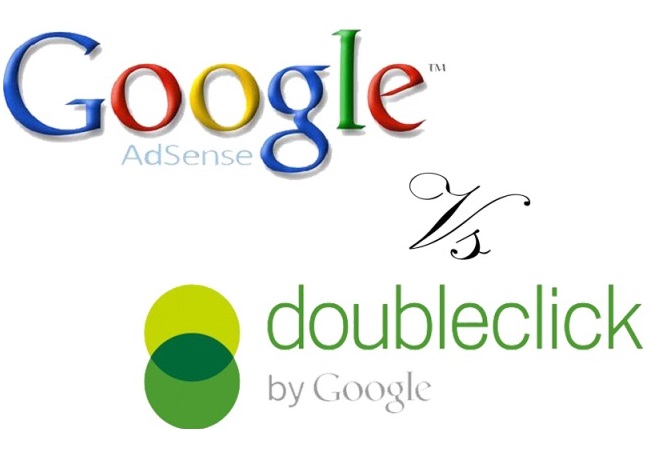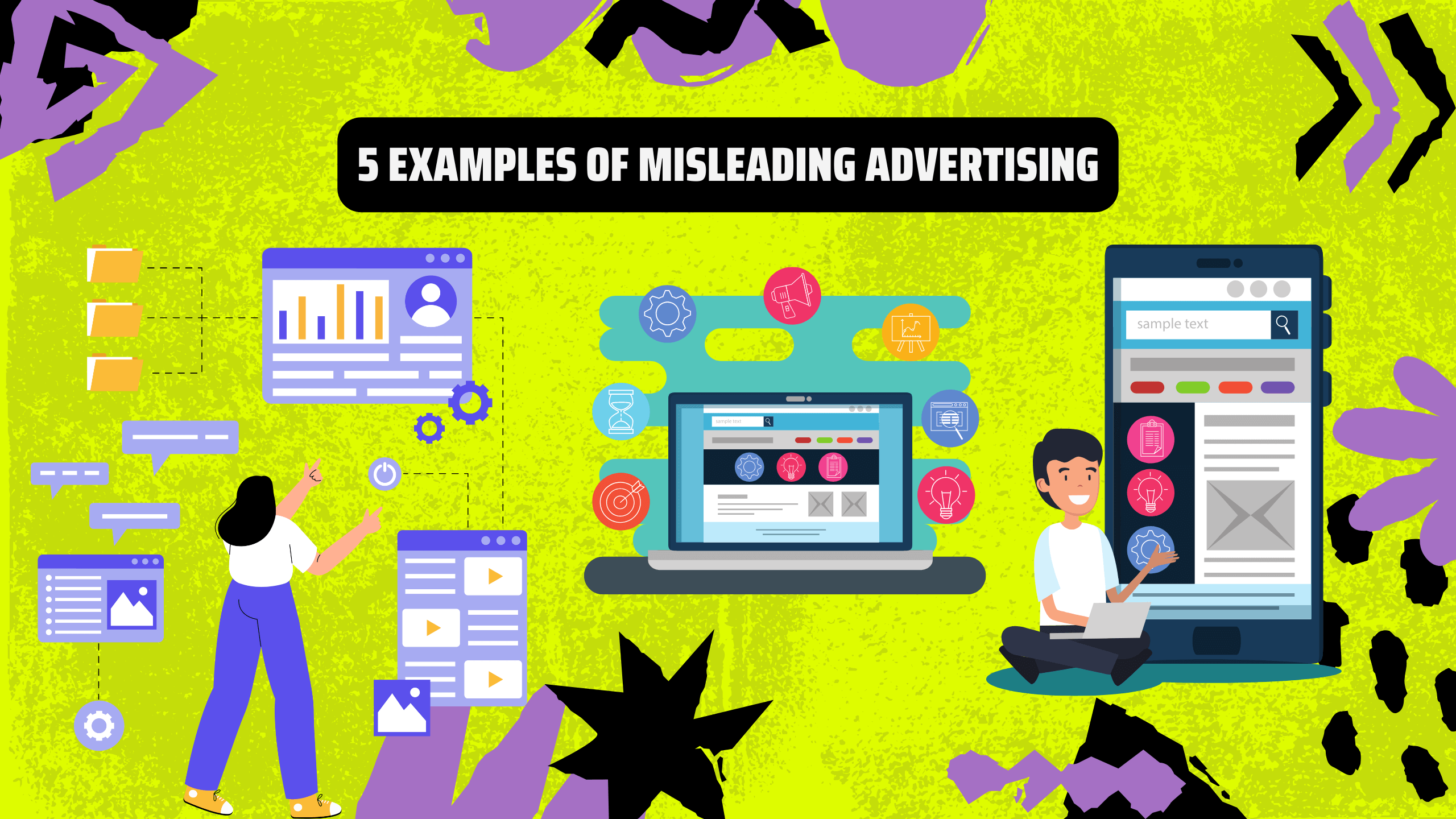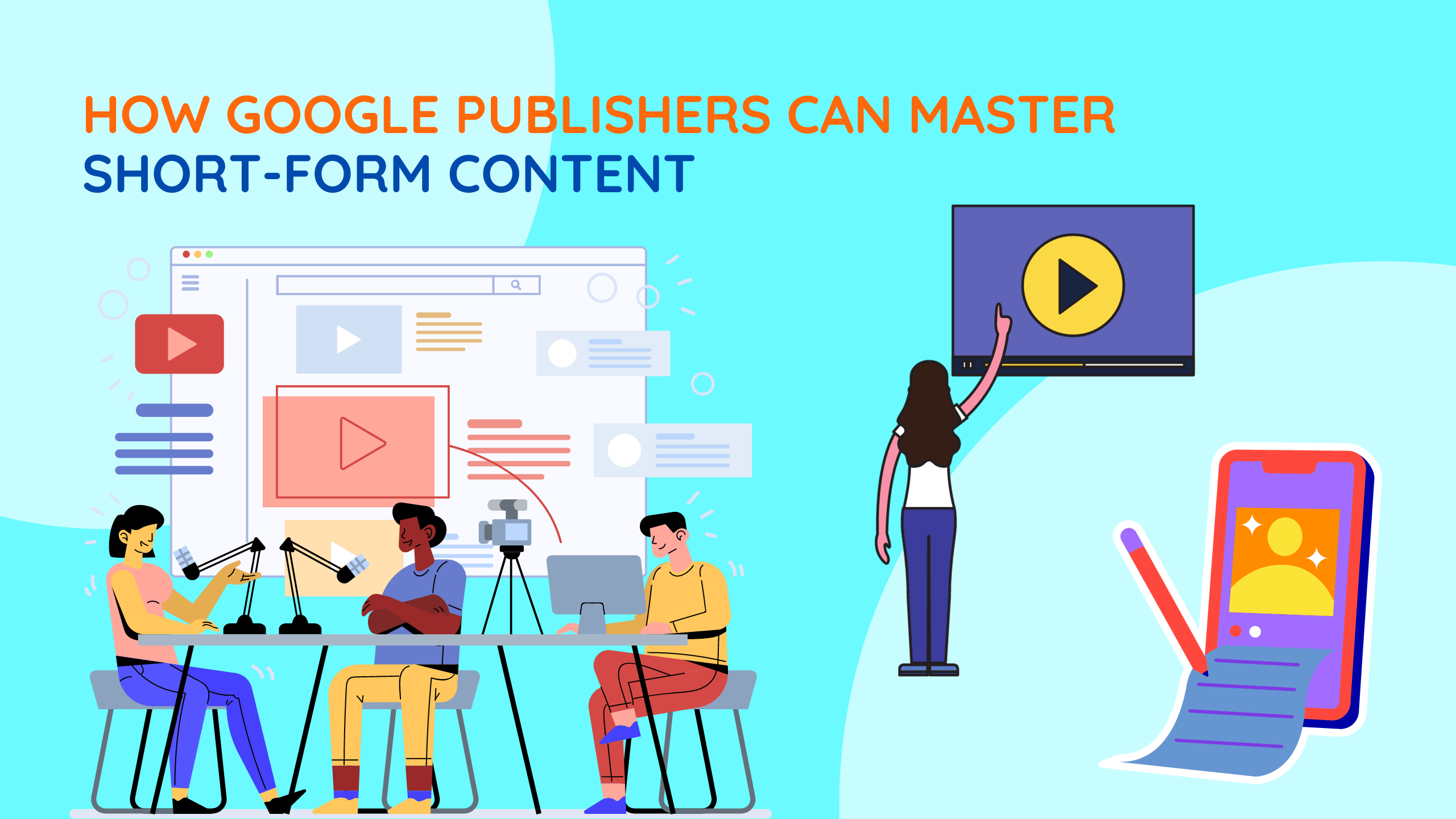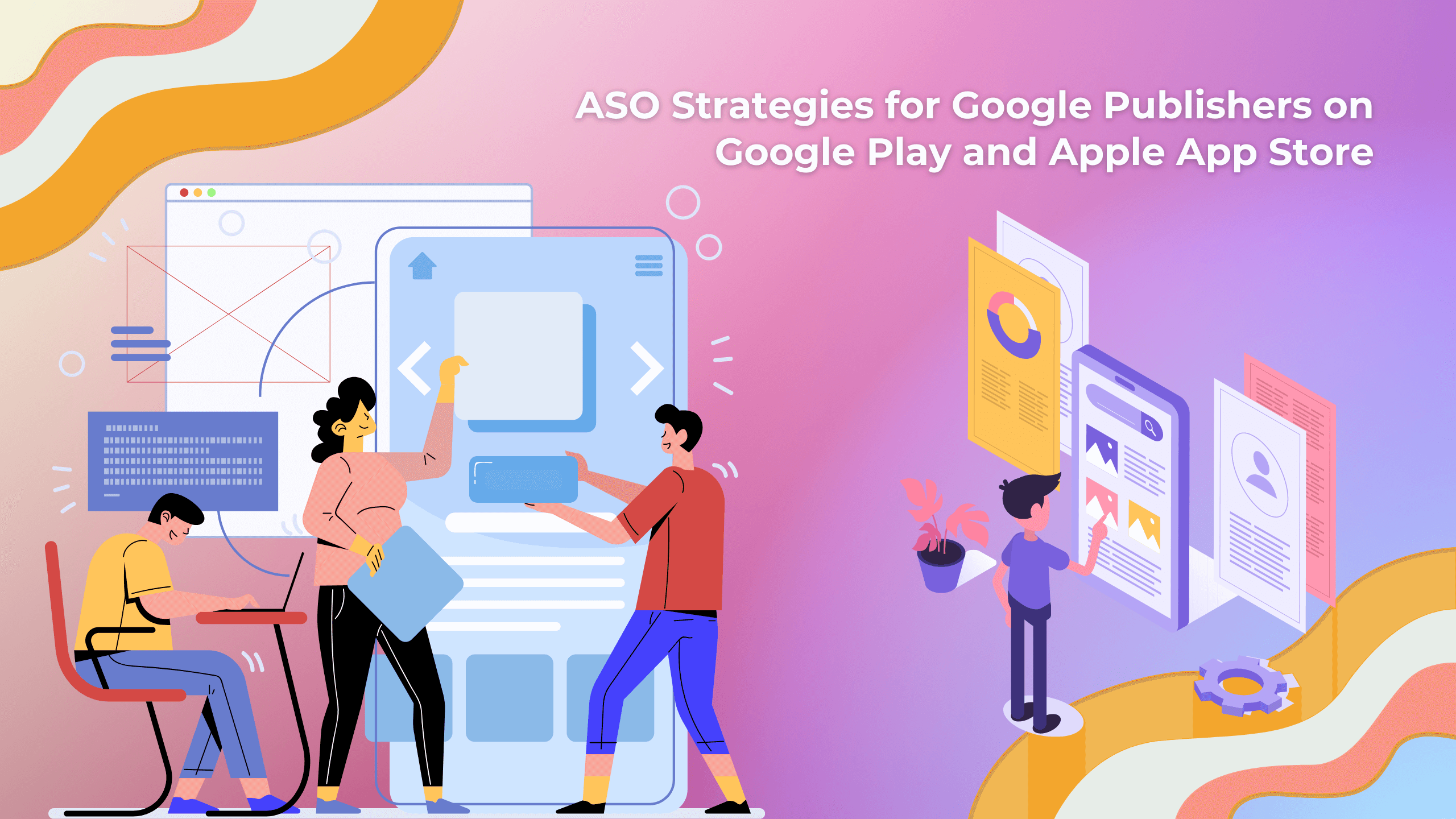Making money from your website can be a hidden trap for inexperienced publishers. Ultimately, a publisher’s expertise lies in mastering the skills to increase or decrease website traffic: valuable unique content, SEO optimization, social networks, unique content combined with a bit of luck can turn certain content on the website into an internet trend.
When most publishers dive into making money from their traffic, the default choice is to optimize revenue through Google AdSense advertising. Publishers just need to place the Google AdSense ad code on their website, and Google AdSense will automatically display ad formats that match their website. This allows publishers more time to focus on developing content and improving website traffic. However, along with the growth of the website and traffic, if you are only using Google Adsense as a money-making tool, you are missing out on other golden opportunities.
Google Adsense and DoubleClick Ad Exchange
DoubleClick Ad Exchange (AdX) is the premium version of Google Adsense. Unlike the early days when AdX was only provided to professional publishers, AdX is now available to smaller publishers who meet the criteria. When I asked a Google representative to differentiate between Adsense and AdX, the response was likening it to “driving an automatic car and a manual car.” Adsense is automatic, and AdX is manual. Like any driver knows, manual control, although more involved, allows the driver to have more mastery and control over the vehicle. For example, all Formula 1 racing cars and Ferraris have a common feature: they require manual control.
So, as your website progresses beyond Adsense, you should not let everything on your website happen automatically. Instead, you need to directly control the activities on your website. There is no simple way to maximize profits from your website without effort and control over your advertising programs, but the results are well worth the effort.
So how can you be more proactive and in control with AdX? To answer this question, AdX operates on a higher technology than Adsense, and here are some of its distinctive features:
• Ability to create CPM layers for specific ad positions
• Blocking ads by URL and category
• Control over cookie files and the ability to leave targeted ads
• Access to premium advertisers not using Adsense
All these additional features are aimed at maximizing revenue for publishers.
While AdX has its value when operating alone, it demonstrates its potential when competing with other ad networks. As a general rule, the best way for publishers to easily optimize website revenue is to have AdX compete with its old friend, Adsense. That’s where Doubleclick for Publishers (DFP) comes in. DFP is Google’s premium advertising serving platform that allows you to combine relevant ad networks and sell ads directly so that they can compete with each other. Because DFP uses Google’s technology, both Adsense and AdX are seamlessly integrated with it. The best part is that anyone can sign up for DFP for free.
DFP is a powerful advertising serving solution, and perhaps its most important feature is Real-Time Bidding (RTB). RTB creates an auction environment for all your ads. Think of each ad impression as an item for auction, and bidders are each ad network or direct ad buyers. As with any auction, the more bidders there are, the higher the demand, leading to higher bid prices. This means that your CPM prices increase, making your revenue higher, and the entire bidding process happens in an instant.
In conclusion, understanding the potential of AdX and DFP will take time. Remember, you will be venturing into the world of ad networks when using DFP, a system that many savvy publishers use to manage hundreds of different advertisers and ad networks. Step by step, learn and compare Adsense to AdX, and you will easily grasp its features and increase revenue on your own website.











